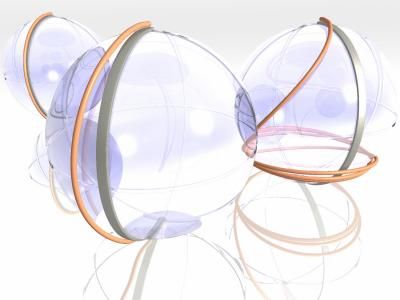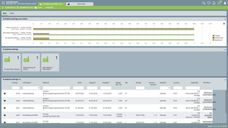Wiley InterScience Launches New Organic Reactions Database
Advertisement
Wiley InterScience announced the launch of organic reactions, a comprehensive new database devoted exclusively to important synthetic reactions.
Based on the series widely considered to be the resource for organic chemists, the Organic Reactions database offers chemists even greater research capabilities by providing faster research paths, and presenting the content in a structure, substructure, and reaction-searchable format.
Organic Reactions presents chemistry from a preparative point of view, with a focus on reaction limitations, interfering influences, the effects of chemical structure, and the selection of experimental conditions. The database includes detailed procedures that illustrate the significant modifications of the chemical reaction, and tables that include all the pertinent examples of the reaction. Each reaction is presented with information about the reaction conditions, products and yields where available, and is fully referenced to the primary literature.
Key features of Organic Reactions include the following:
Structure and Substructure Search - Users are able to search across the database for a chemical structure or substructure by using their choice of familiar chemical drawing software (ChemDraw, ISIS Draw), either by creating a new structure or cutting and pasting from research papers.
Reaction Search - Users are able to search across the database for a specific chemical reaction or sub- reaction using familiar chemical drawing software.
Real-time, Enhanced, Full-Text Searching Capabilities - Users are able to perform real-time, full-text searches as well as search by CAS RN, chemical name, and sort by publication year, yield of reaction, and other such properties.
Evolving Product of Critically Selected Content - The initial database will consist of the content from the Organic Reactions series, volumes 25 to the present. The total number of reactions included in the first year will be 75,000; total number of reactions included in the second year will be 105,000; and the total number of reactions in the third year will be 135,000.
An explanation of the scope and limits of the reaction type will also be included. Cross-Ref will enable linking to primary literature references regardless of the publisher's identity, and internal links to Wiley's other databases, such as Organic Syntheses, will be added in future enhancements, so the paths between databases will be facilitated seamlessly.
New data will be added to Organic Reactions on a continuous basis, providing users with the most current and authoritative information available. The data will be collected and edited by Larry Overman, Editor-in-Chief of the Organic Reactions series, in cooperation with the Organic Reactions editorial and advisory board of approximately 50 world-renowned contributors from the organic chemistry community.




































































